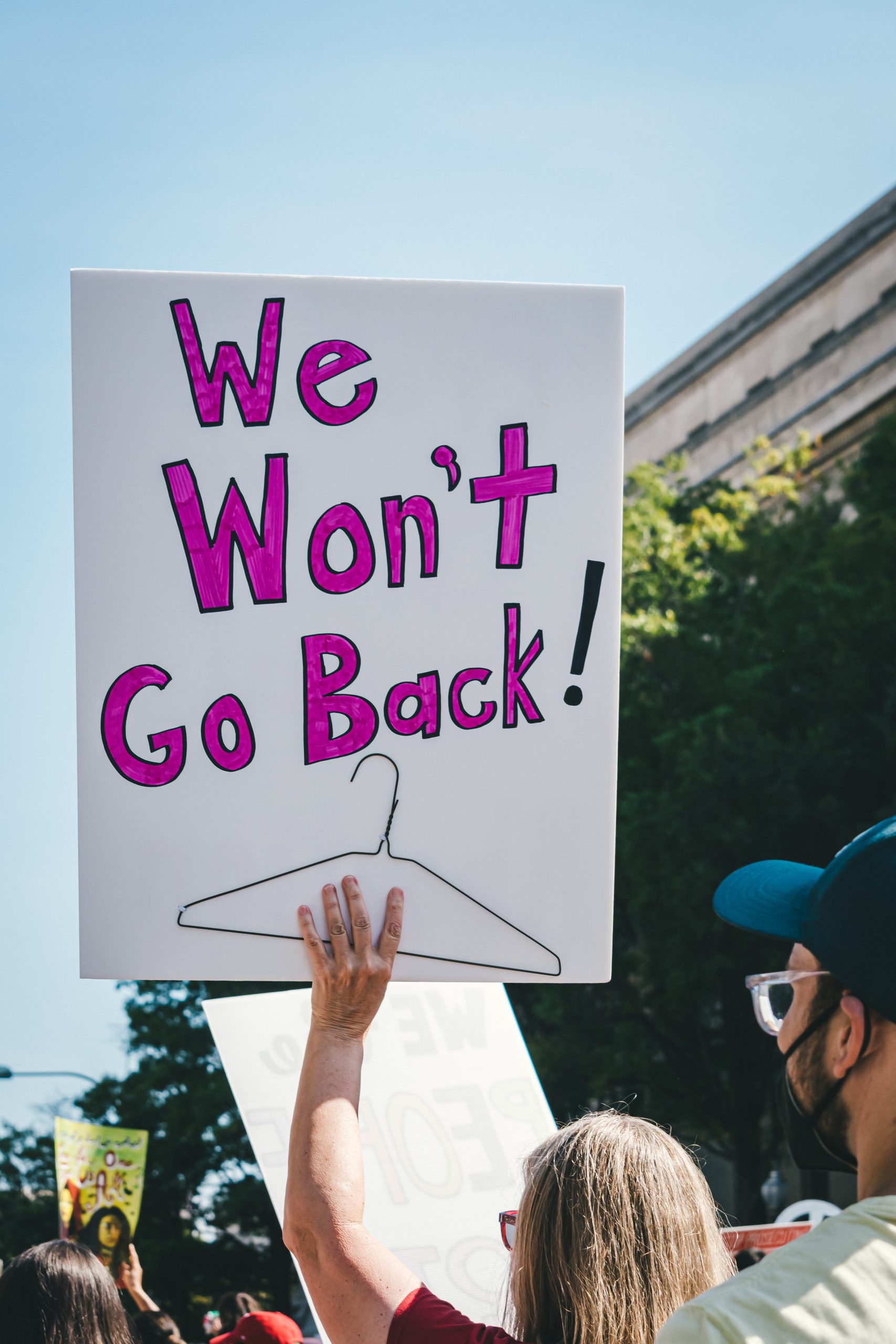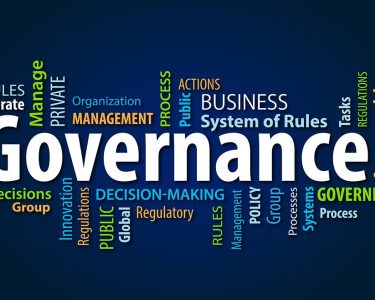Politics can often feel like a convoluted and inaccessible process, with jargon, bureaucratic procedures, and power dynamics that can be difficult to understand. However, at its core, politics is about how we make decisions as a society and how we allocate resources to achieve our goals. Policy-making is a key component of this process, as it shapes the laws, regulations, and programs that govern our lives. In this article, we will demystify the political process and provide readers with a guide to understanding policy-making.
The first step to understanding policy-making is to recognize that it is a complex and multifaceted process that involves various actors, interests, and inputs. At the heart of policy-making are the policymakers, who are typically elected officials, bureaucrats, or experts who have the power to make decisions and allocate resources. Policymakers are influenced by a range of factors, including public opinion, interest groups, media coverage, and personal beliefs.
To better understand how policy-making works, it’s helpful to break it down into stages. The first stage is agenda-setting, which involves identifying a problem or issue that requires policy intervention. This can be driven by a range of factors, such as a crisis, social movement, or public outcry. Once an issue has been identified, policymakers will conduct research, gather data, and consult with stakeholders to develop a range of policy options.
The next stage is policy formulation, which involves choosing a specific policy option and developing a detailed plan for how it will be implemented. This stage often involves a trade-off between different values, such as efficiency, equity, and political feasibility. Policymakers will weigh the costs and benefits of each option, consider the impact on different groups, and assess the political viability of their chosen policy.
The third stage is policy adoption, which involves getting the policy approved by the relevant decision-making body, such as a legislature, executive branch, or regulatory agency. This stage can be highly contentious, as different stakeholders may have competing interests and may use various tactics to influence the decision. Policymakers will need to build coalitions, negotiate compromises, and address objections to get their policy adopted.
The final stage is policy implementation, which involves putting the policy into action and ensuring that it achieves its intended goals. This stage can be challenging, as policies often encounter resistance or unforeseen obstacles. Policymakers will need to monitor the implementation process, make adjustments as needed, and communicate with stakeholders to ensure that the policy is being effectively implemented.
In conclusion, policy-making is a complex and dynamic process that involves various actors, interests, and inputs. Understanding how policy-making works is critical for anyone who wants to engage in politics or shape public policy. By breaking down the process into stages and exploring the key factors that influence policymaking, we can better understand how decisions are made and how policies are developed and implemented.




